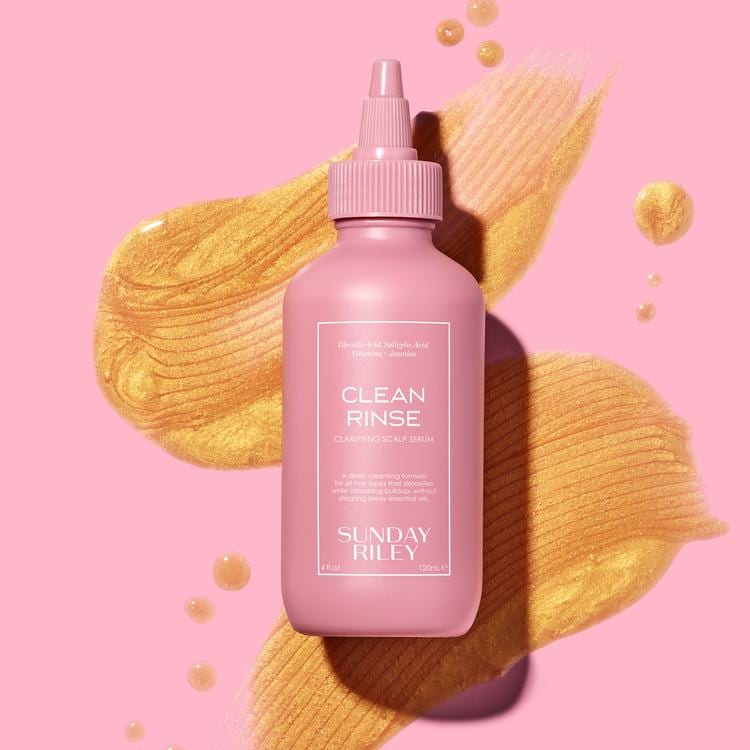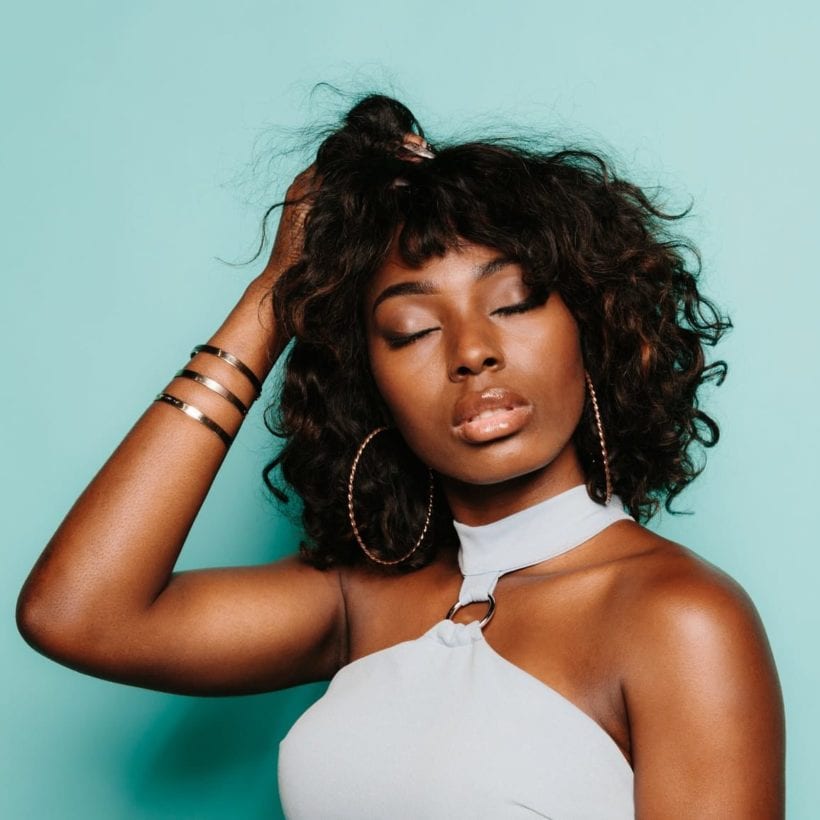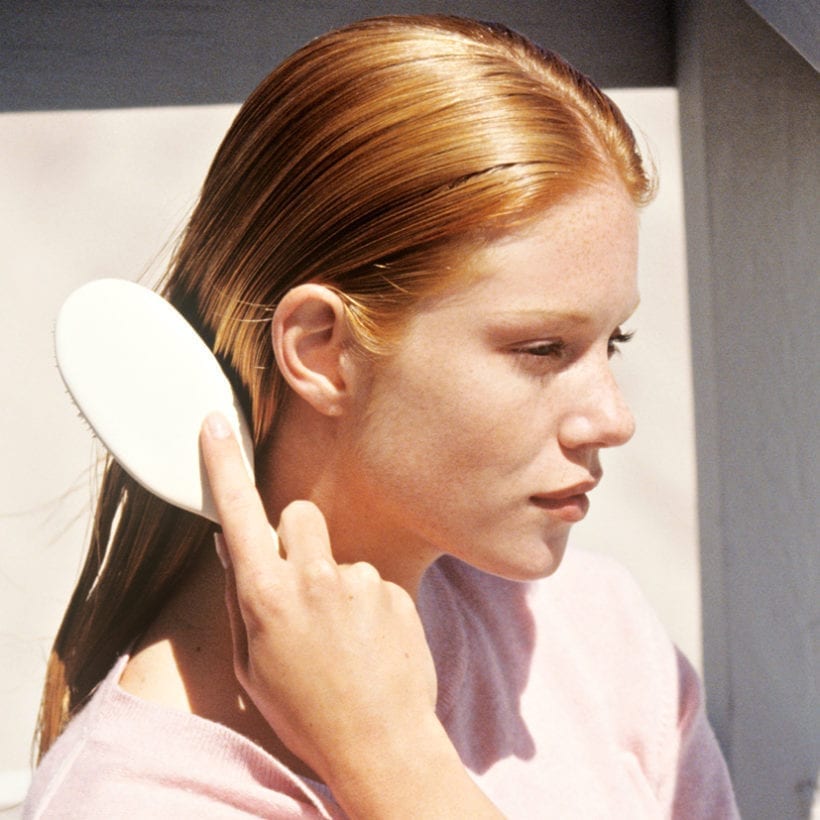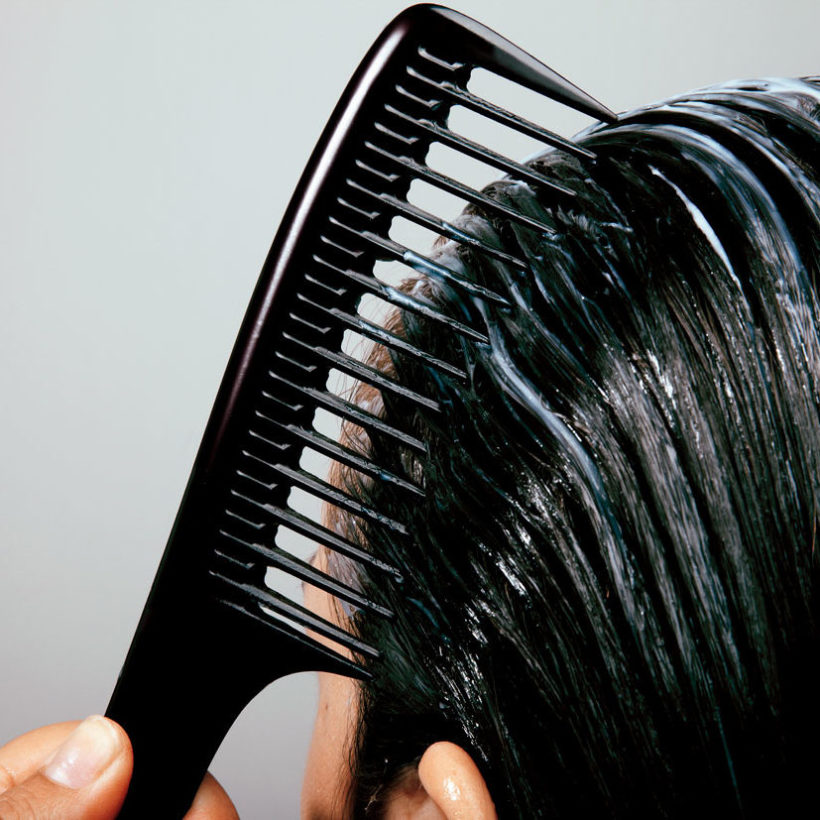It’s been called a miracle in a can, magic made by the hair gods, and the lazy girls secret to good hair days. Today, dry shampoo is a must-have hair staple and one of the best hair inventions of modern times. Although it first gained popularity in the 1940s, dry shampoo has evolved to be the hair savior so many of us stockpile by the dozen.
Dry shampoo was once known as a quick and easy way to absorb excess oil for fresher-looking locks. And while it most certainly still serves that very purpose, Dr. Dominic Burg, a trichologist and scientist for evolis Professional, adds that dry shampoo is now also considered an essential hair care and maintenance product. “It helps extend the time between a blowout and a wash, which is critical for those with water-reactive hair and anyone trying to preserve vibrant color,” he says. “For oily hair types, dry shampoo works wonders to remove heavy oils and bring back volume and life.” Plus, with so many women dropping their hard-earned cash on professional blowouts regularly, trichologist and Colour Collective partner Kerry E. Yates, says if one is spending on a blowout, you want it to last. “By day two, and definitely by day three, the style turns flat, and in some cases, the root, especially around the hairline, looks oily. The re-introduction of dry shampoos helps extend style wear time giving people making dry shampoo a must-have tool,” she says.
Blowout preserving powers aside, applying dry shampoo the wrong way can lead to a host of unwanted problems, some that can be more serious than others. Here, everything you need to know from the experts to make the most out of your trusted little can of dry shampoo.
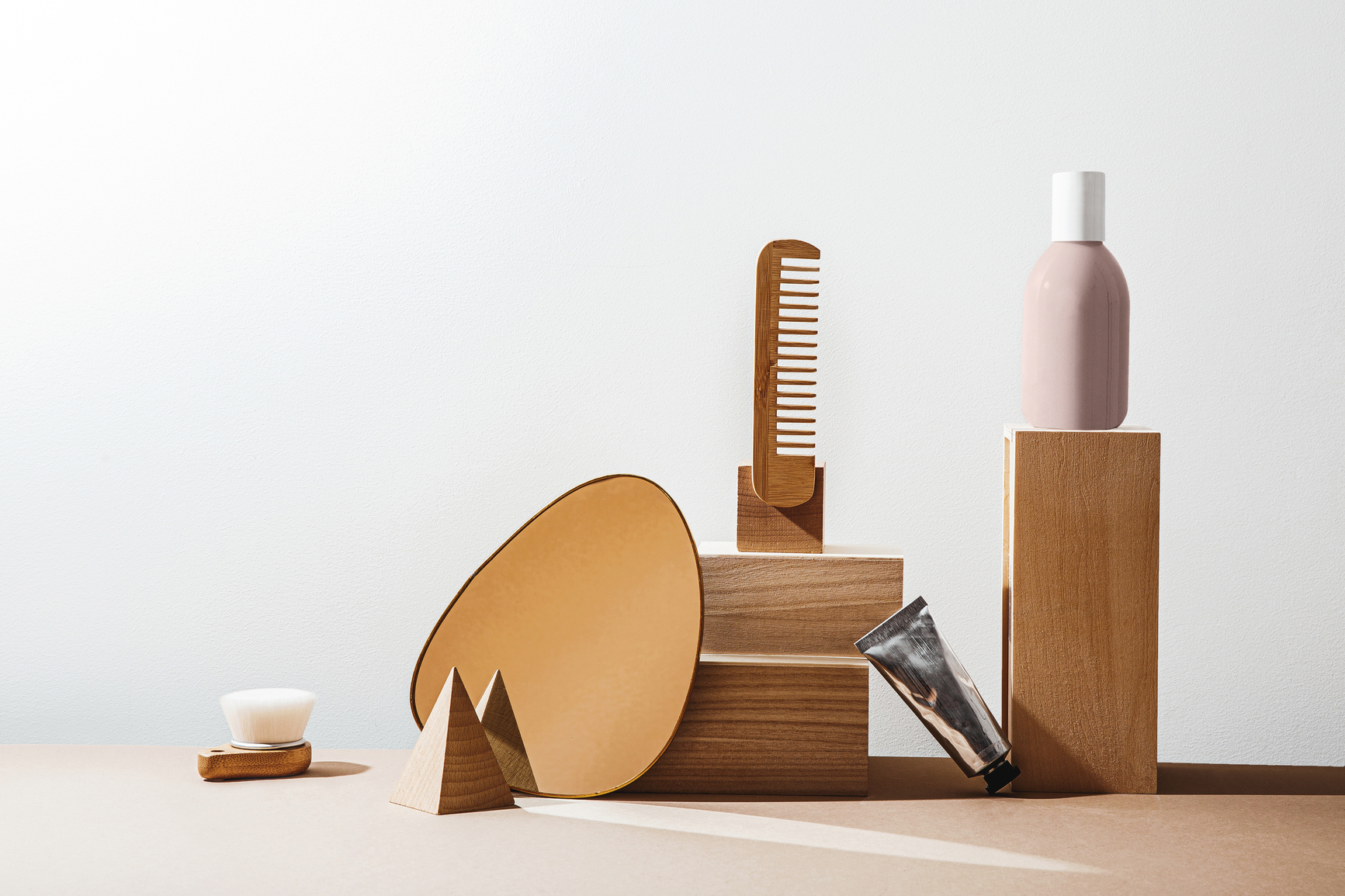
DO: Shake the bottle well before placing your finger on the pump or button.
Perhaps the most straightforward rule of dry shampooing is to shake the can or bottle thoroughly before setting down your finger for the first squirt. That’s because the formulation housed within the packaging can easily separate and not be as effective. “It’s important to shake the bottle before applying to mix all the ingredients,” shares celebrity stylist Adam Maclay.
DON’T: Overspray and go crazy — focus just on the areas that need it.
The key to getting a volume boost while absorbing oil from greasy spots is to apply the shampoo just where it’s needed. When you douse the entire head with dry shampoo, it can take on a crunchy or dried-out feeling depending on the formula. Instead, always start with small sections and, if needed, add more product where necessary. Knowing how to apply dry shampoo correctly is essential to avoid overuse which creates an almost unnatural look, which Yates says can make the hair appear matte, dull, and drab.

DO: Use it as a way to achieve mega-watt volume.
Using dry shampoo for volume is one of the best-kept secrets, especially in more mature hair that’s fine or thin. With aging, the hair tends to thin, making it harder to achieve volume at the root, and that’s where dry shampoo comes in. “It gives an instant volume boost and creates texture for super fine hair,” Yates shares. “It also offsets excess scalp sebum,” she adds, which is important since too much oil at the root counteracts any natural volume.
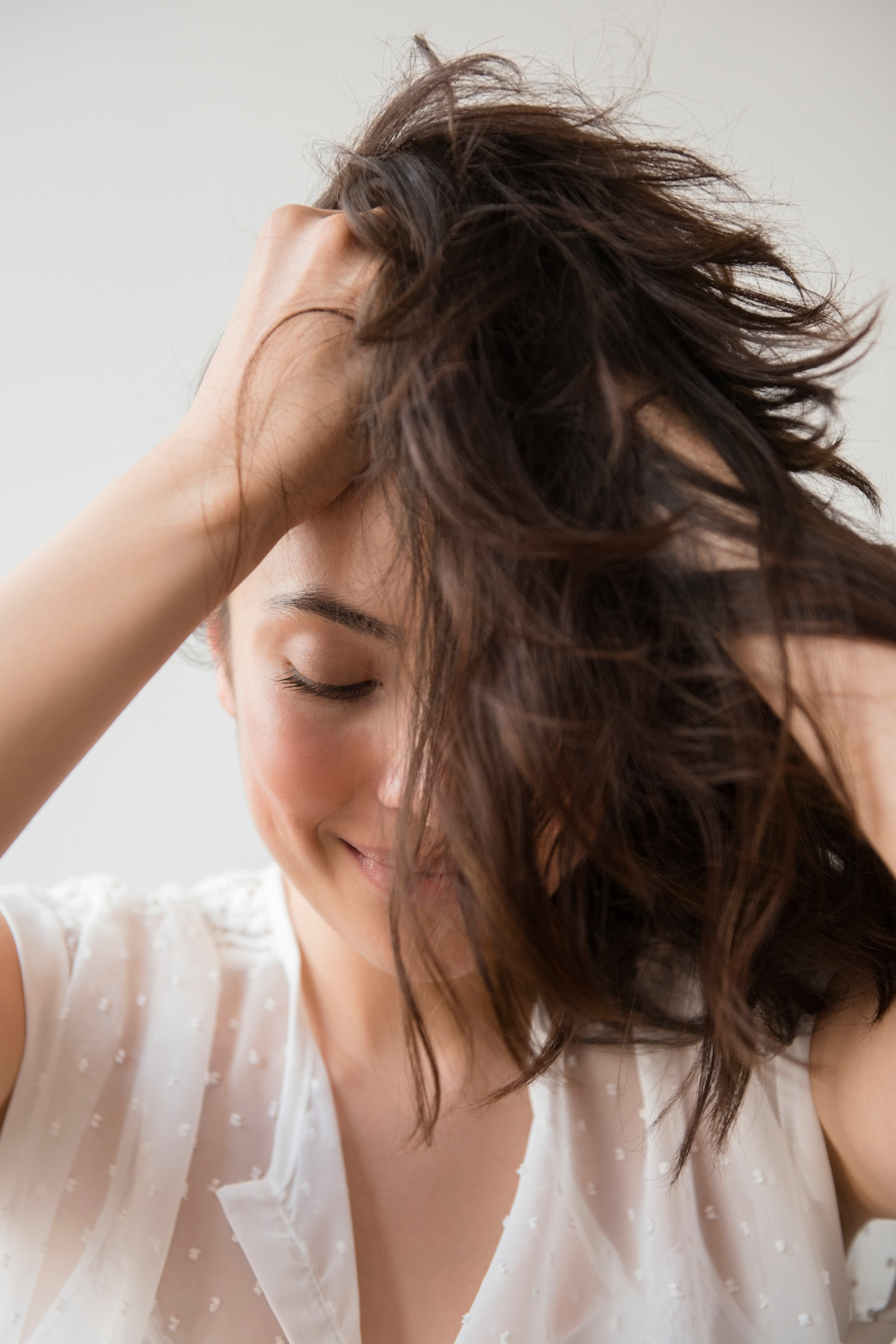
DON’T: Apply dry shampoo to wet hair.
Unfortunately, when the hair helper mixes with water or moisture, Maclay says it is rendered inactive and ineffective on the wet strands. “This staple product cannot perform on wet hair because it will not absorb oil,” he says, “since there is water and oil on the hair at the same time, and they do not mix.” So, if you’ve ever been the unfortunate victim of the unsightly mix of dry shampoo and wet hair, your only hope is to hop in the shower and perform a total wash.
DO: Opt for a colored dry shampoo.
Most dry shampoos start clear yet can sometimes dry down to a white powder (especially when used close to the scalp). Any evident residue often blends into the root for medium to light brown hair colors and is virtually undetectable. But on dark brown, black, red, and some blonde tones, the powdery dry-down can be an obvious sign that your strands aren’t as fresh as you may lead onto them being. “If you’re a brunette or have dark hair, I suggest a tinted dry shampoo, like Klorane Dry Shampoo with Oat Milk – Dark Hair or Dry Shampoo with Nettle – Dark Hair,” says Maclay.
When using dry shampoo, always massage it into the root and brush hair gently, which helps disperse any lingering color.
DON’T: Use it every day.
The rule of thumb is to reach for dry shampoo no more than two to three times per week, no matter how desperate the situation. According to Dr. Burg, the main concern with overusing dry shampoo is getting too much product on the scalp while removing too much natural oil, which can leave hair brittle and prone to breakage.
But it’s not just the potential for damage as to why many experts suggest limiting the use of dry shampoo. Overloading the hair and its follicles too frequently with too much product may cause irritation and inflammation. “The oil-absorbing powders in dry shampoos can clog the follicular pores of the scalp and irritate them,” Dr. Burg explains. “Plus, leaving the powder on the scalp for long periods is generally problematic for scalp health, especially since some of the finer natural powders can potentially act as food for bacteria and yeasts on the scalp and lead to irritation and odor,” he adds. The more inflamed the delicate follicles become, the greater the risk for impeded hair growth (although this needs to occur for a prolonged time without regular washing and exfoliating to impact hair growth). “Remember, your follicles are your hair’s lifeline, and if they aren’t healthy, then that can negatively impact hair growth,” Yates says.
DO: Read the ingredient label.
There are certain ingredients in dry shampoo that you’ll want to steer clear of, like unsafe talc and alcohol, which can dry out hair. Instead, opt for formulas with natural rice or tapioca starches and powders found in Evolis Professional Dry Shampoo and Odele Dry Shampoo. “Also, consider ingredients that add extra benefits, like cyclodextrins for odor absorption, hair-repairing keratin or hydrolyzed plant proteins, and even antioxidants and active botanicals,” Dr. Burg says.
Some dry shampoos also incorporate ingredients like oat milk, which helps keep strands smooth, and nettle, which Maclay says is a highly absorbent ingredient that absorbs oils, even on the oiliest scalps. “Aquatic mint is also incredible,” he says, “because it detoxifies and protects the hair and scalp from pollutants.”
DON’T: Get too up close and personal and hit the roots.
Back to the white residue factor we touched on above, it’s best to take a from-a-hands-distance approach and spray from a few inches away from the root to avoid it. Maclay sprays the product eight to 10 inches away from the head in a one-pass sweeping motion. “When dry shampoo is applied too close to the head, it will leave behind a white residue,” he explains. The further away you spray it, the better the product can disperse more evenly.
DO: Venture outside of the classics and try something new.
Sprays, powders, and brush-on formulas are the most common types of dry shampoo. But that doesn’t mean something new and innovative isn’t as effective as the classics — they work just as well, if not better. Take, for example, MagicStripes Dry Hair Shampoo to Go, which is dry shampoo in the form of blotting papers that sop up additional oil. There are also foams now. “Innersense Dry Shampoo Foam is the first and only truly clean formula that literally ‘wicks’ oil away from the scalp,” says Yates. And pastes are gaining popularity as well. “R+Co is constantly creating innovative formats, and their dry shampoo paste works wonders,” according to Yates. Lastly, Yates hints that dry shampoo in the form of a solid stick is a must for a quick, on-the-go fix and may be the next go-to dry shampoo discovery that will take the hair world by storm.
We only recommend products we have independently researched, tested, and loved. If you purchase a product found through our links, Sunday Edit may earn an affiliate commission.

